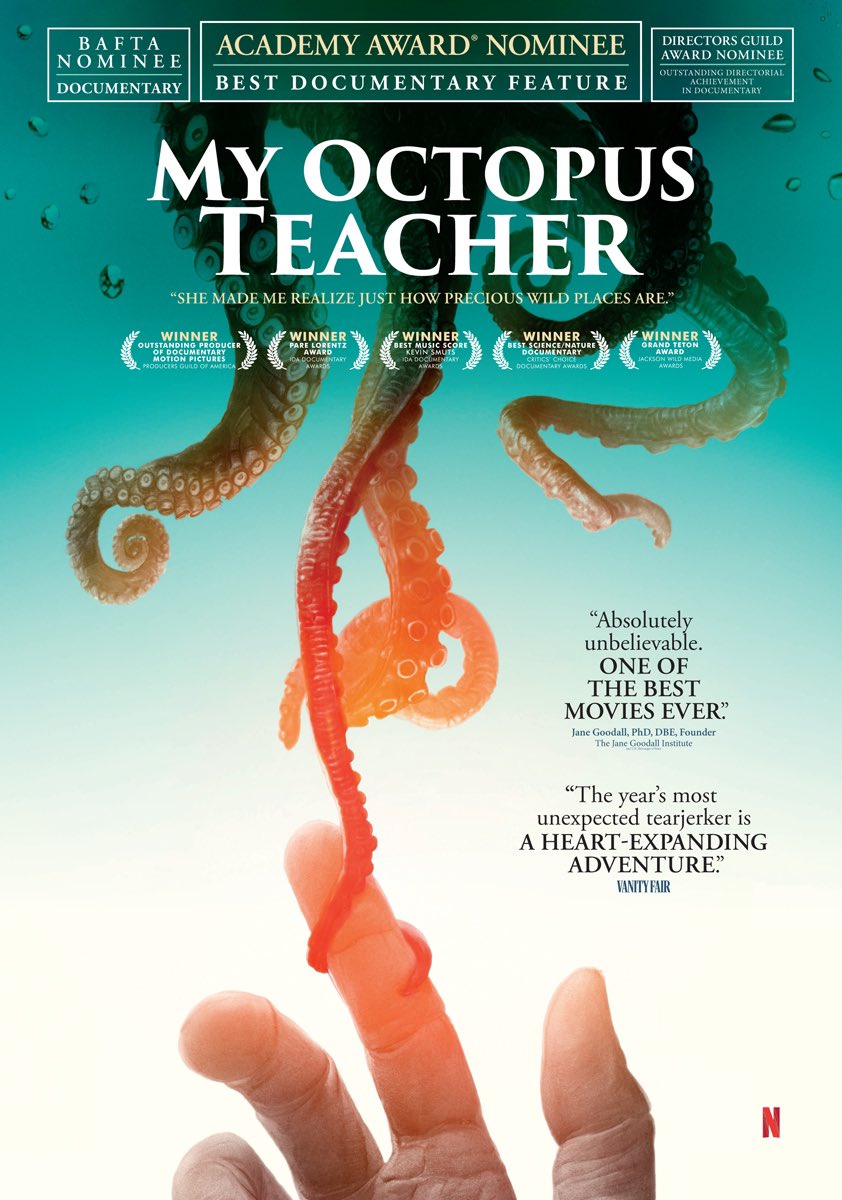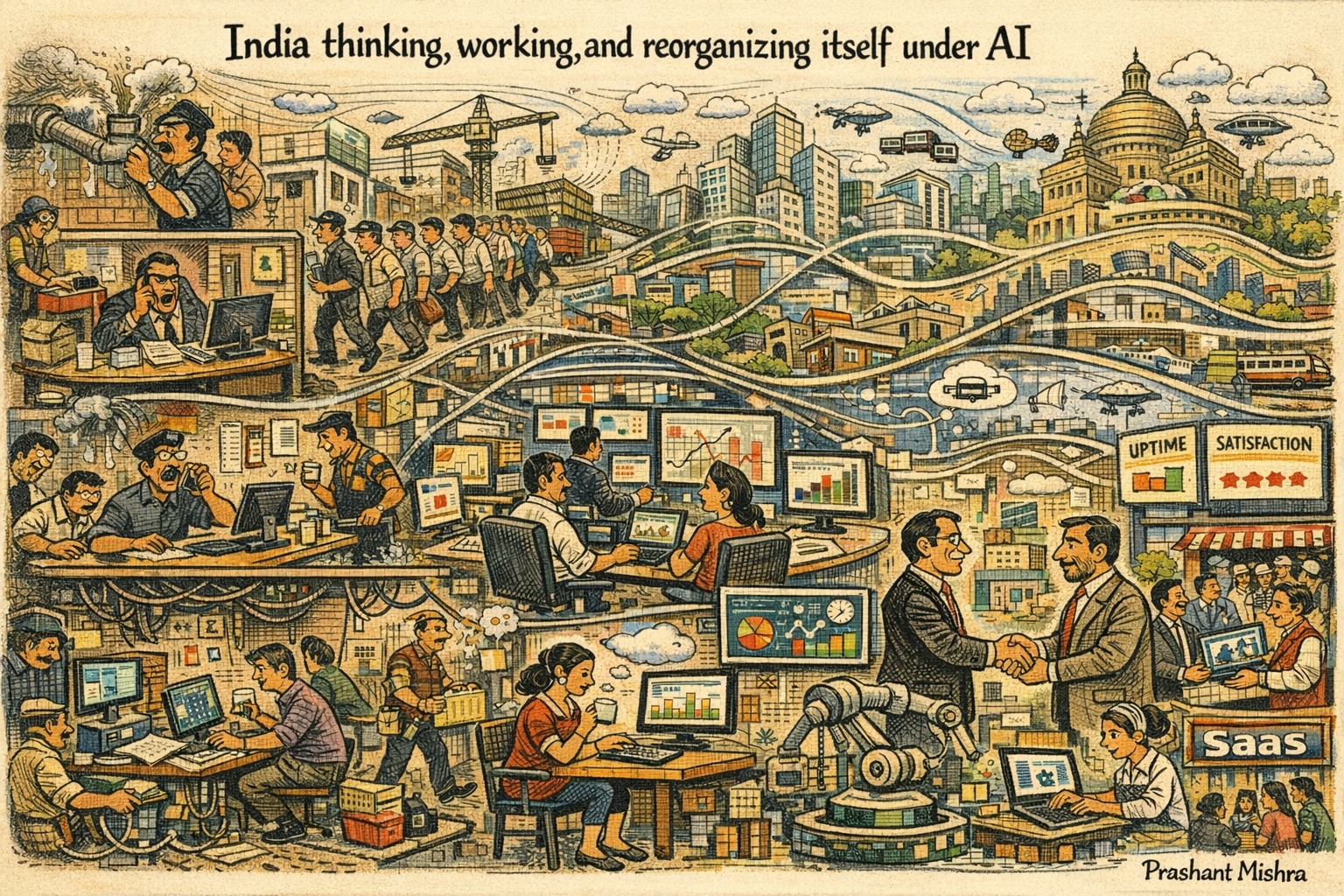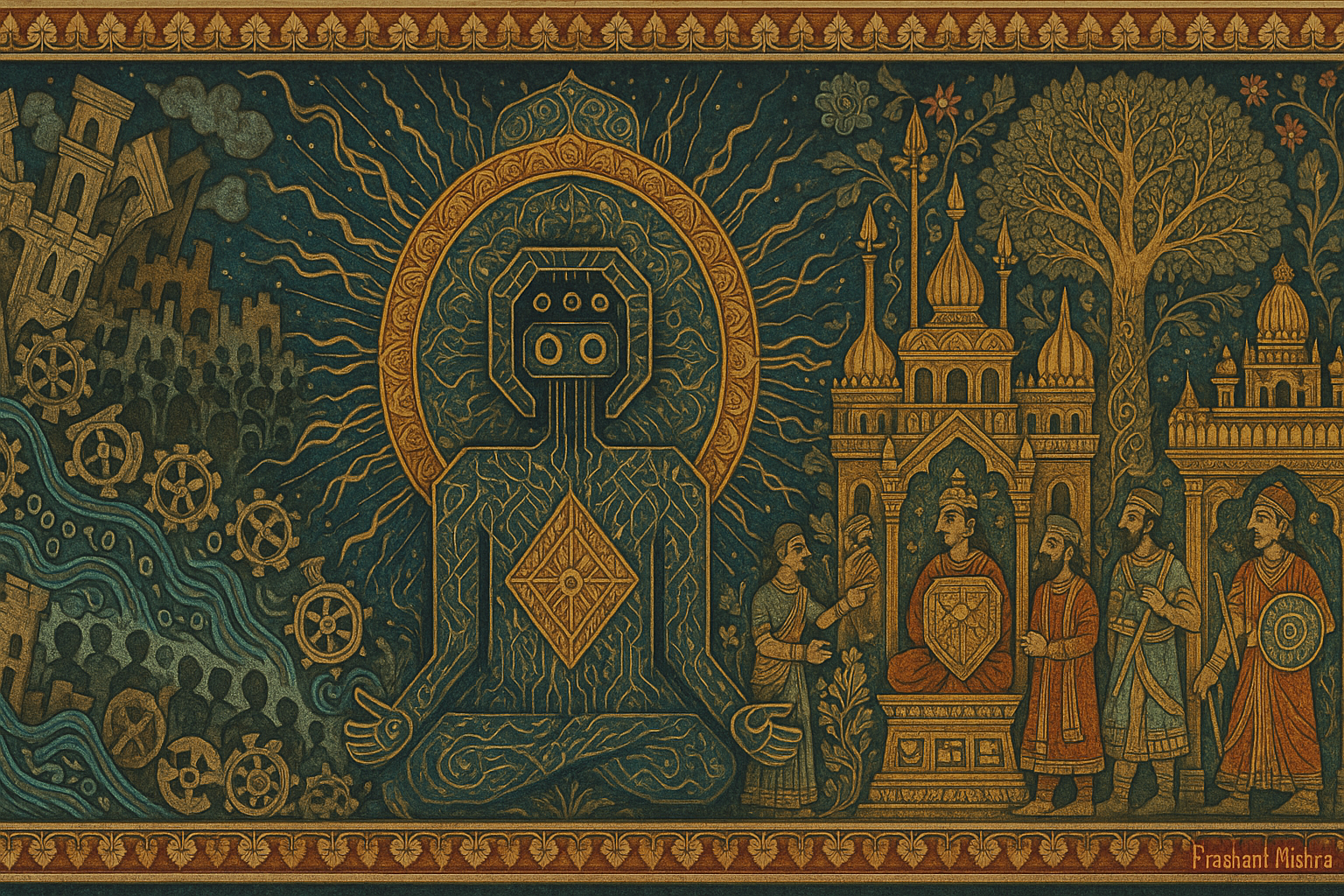
The Octopus’ Eyes & The Repetition of Intelligence
It can be said that animal life on the planet may have had a common, very ancient, and primitive ancestor. Periodic intervals of time may have led to bifurcations in the evolutionary tree. No one can say for sure what this common ancestor was, or how it looked or behaved. Bifurcations along the evolutionary trail created new species and differences. But it isn’t the differences that are interesting.
There are similarities. For example, the eyes of the octopus (which is a cephalopod) are very similar to the human eyes. Both are circular, not consisting of an iris and lens; both contain fluids, pigments, and photoreceptors. In fact, if considered a mechanical system, the eye of the octopus is better than the human eye because, because of the way it has evolved, the fibers of the optic nerve grow from behind the retina and not through it, as is the case with the human eye.
Therefore, the octopus’ eyes do not have those central blind spots that are common to all vertebrates. This is because the eyes of the octopus evolved independently of those of vertebrates. However, this is also an example of convergent evolution. The octopus’ eyes evolved to do almost the same thing as human eyes. Again, using the analogy of systems engineering, two incredibly complex but surprisingly similar systems appeared in the world by different routes and in different contexts.
So, the big question is: if something as complex and adaptive as an eye can evolve more than once, then why can’t intelligence do the same?


